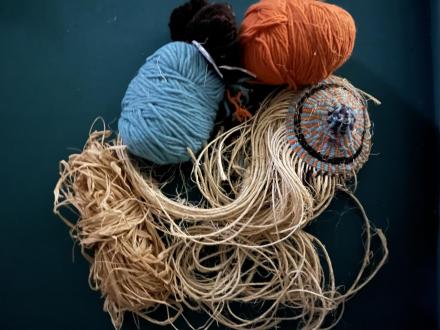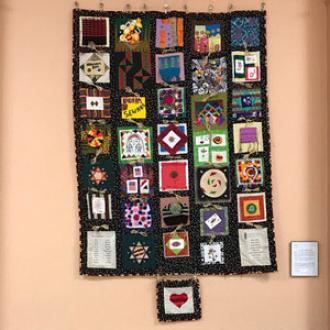
Long, thin, extremely flexible sisal fibers come from the short, squat Agave sisalana plant which is grown commercially in Mexico, Tanzania, Brazil, India, and Indonesia. This plant has very long, pointed, sharp leaves which look like swords. Each leaf contains about 1,000 sisal fiber bundles. These can be made into a wide range of weaving products through a decordication process. The leaves are first crushed and beaten and then chopped away from their central stem with rotating blades on a wheel. The long fibers remain. These are then dried and brushed off and put into bales for export. There are different grades of sisal. The fibers are stretchable, resistant to seawater, and are easily dyed.
Sisal is crucial in the production of cordage and rope and can also be made into carpets. It is also a favorite craft material today. And, most crucially, sisal is used in East Africa to make practical and beautiful household, marketplace, and farm items such as the capacious, sturdy tote bags crafted by Tabitha, long a member of Refugee Artisans of Worcester. Tabitha is from Kenya and has returned there recently to do more family caretaking.

